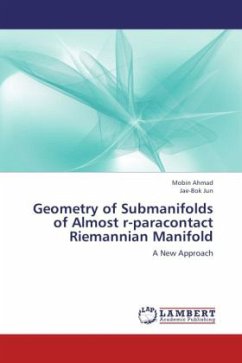High Quality Content by WIKIPEDIA articles! In mathematics, a sub-Riemannian manifold is a certain type of generalization of a Riemannian manifold. Roughly speaking, to measure distances in a sub-Riemannian manifold, you are allowed to go only along curves tangent to so-called horizontal subspaces. Sub-Riemannian manifolds (and so, a fortiori, Riemannian manifolds) carry a natural intrinsic metric called the metric of Carnot?Carathéodory. The Hausdorff dimension of such metric spaces is always an integer and larger than its topological dimension (unless it is actually a Riemannian manifold). Sub-Riemannian manifolds often occur in the study of constrained systems in classical mechanics, such as the motion of vehicles on a surface, the motion of robot arms, and the orbital dynamics of satellites. Geometric quantities such as the Berry phase may be understood in the language of sub-Riemannian geometry. The Heisenberg group, important to quantum mechanics, carries a natural sub-Riemannian structure.
Bitte wählen Sie Ihr Anliegen aus.
Rechnungen
Retourenschein anfordern
Bestellstatus
Storno








